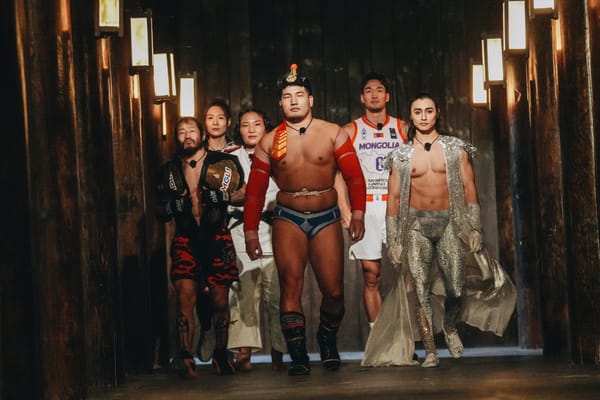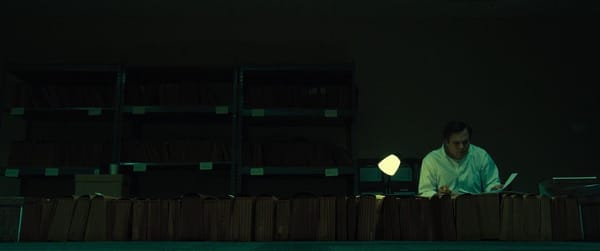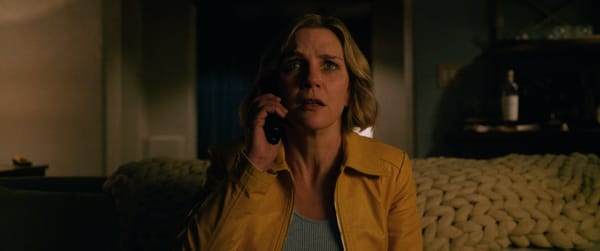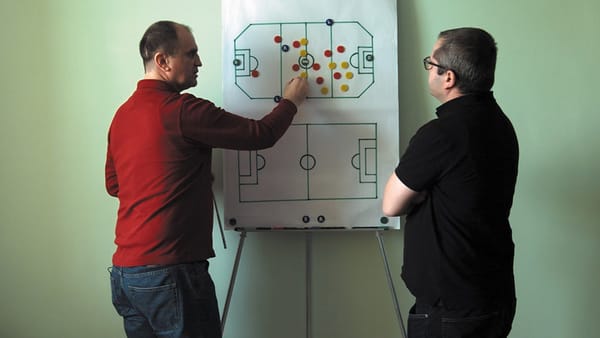11 Rebels review: Suicide Squad in 19th century Japan
Strong action design helps make up for thinly drawn characters in 11 Rebels, now out on VOD
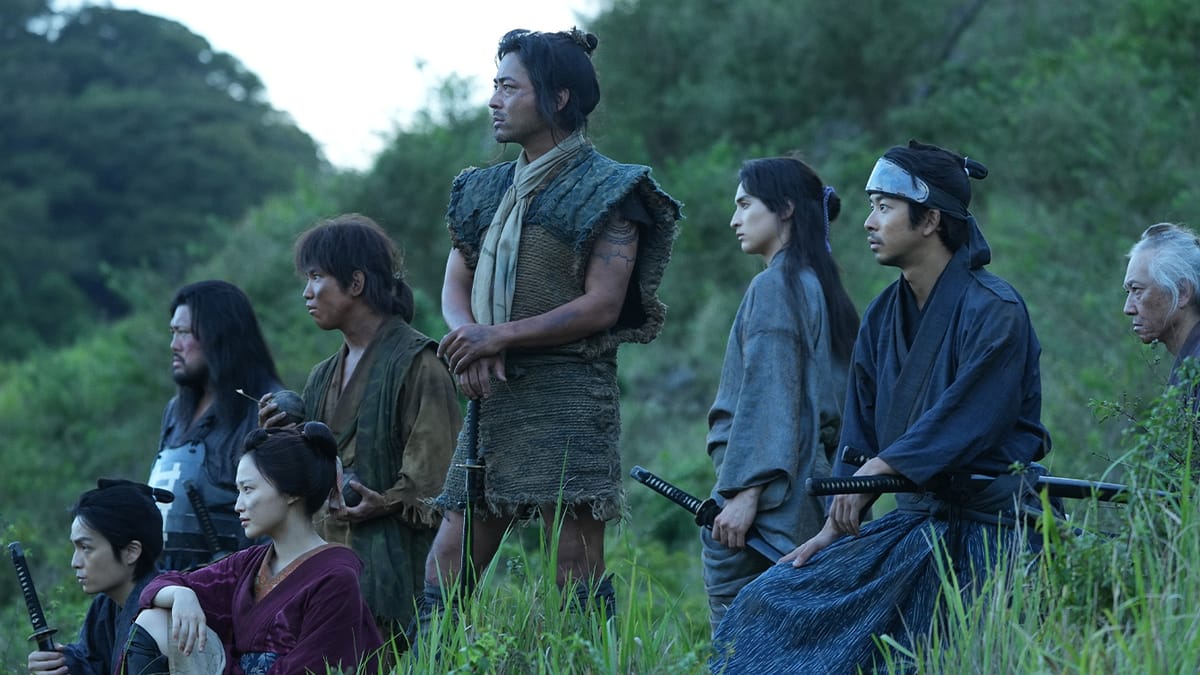
The script for the new “Samurai Suicide Squad” movie 11 Rebels was originally written in 1964 by Kasahara Kazuo, best known for his Yakuza movies. The head of Toei Studio at the time reportedly didn’t like the ending, and the project was put on hold. Sixty years later, the movie is now a reality, helmed by director Shiraishi Kazuya (Bushido). A well-constructed period piece about the illusion of choice and the indifference of war, with strong action design that helps make up for some clumsily sketched characters, 11 Rebels is finally arriving stateside with a physical and digital VOD release Tuesday after premiering last fall in Japan and at TIFF.
11 Rebels follows a group of criminals and outcasts from the town of Shibata forced under threat of death to defend a fortress from the Imperial Army during the Boshin War of the mid 19th century. It can be a little difficult to follow the political machinations early in the movie if you’re not very familiar with Japanese history of that era, but there are two sides vying for control – the New Imperial Army (supporting the emperor) and the Northeastern Coalition (supporting former Shōgun Tokugawa Yoshinobu).
Shibata’s ruler is a pre-teen child, and his advisors differ on which side to support in the upcoming war. They’ve learned both sides are scheduled to arrive in town on the same day (oops!) to vie for the Shibata clan’s loyalty, which would mean absolute carnage in the streets of the sleepy town. So they come up with a plan: Send a group of criminals to defend a fortress outside of town, delaying the Imperial Army for a day or two to make time for the Coalition to leave.
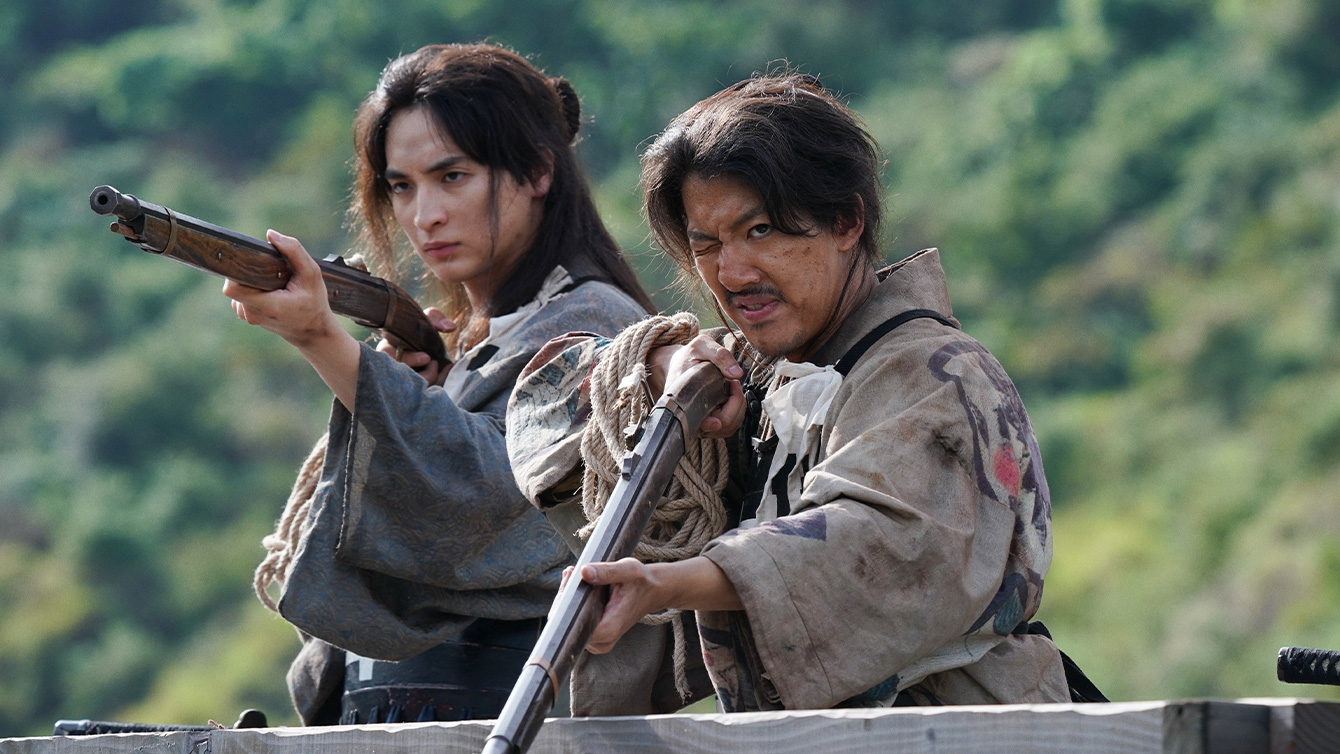
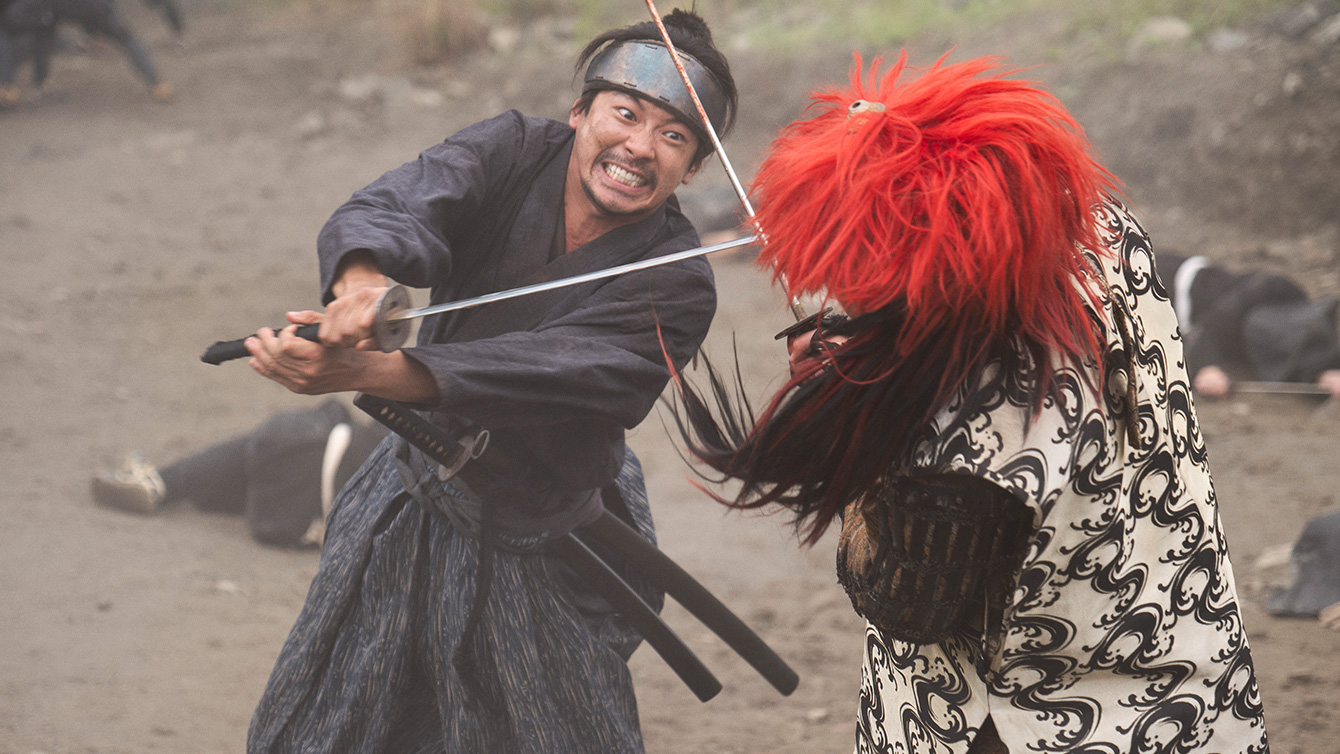
This self-named “Suicide Corps” has been promised clemency if they successfully defend the fortress and make it out alive. But from the beginning, something’s off: They have not been given the full truth about the plan, and some of their good ideas for defense of the fortress are rejected for seemingly no reason. Even the guards stationed with them are split, and as the Suicide Corps ends up caught between opposite sides of the broader conflict, they have to decide where they stand – or so it seems. Ultimately, they have no real choice in the conflict – the alternative is death – and even many of the specific choices they appear to make don’t matter at all when the cards come crashing down. We see them meticulously preparing the fort – building defenses, strategizing who holds what – but most of it ends up being thrown out and improvised as soon as the fighting starts because of the unpredictability and chaos of war.
A crucial part of any “team of ne’er-do-wells band together against the odds” movie is a variety of personality types and fighting styles among the crew. 11 Rebels does offer some of this, but ultimately, the movie has too many characters for the amount of time we’re with them, and most are largely relegated to the background. Luckily, most of the cast is strong, especially Yamada Takayuki as Masa, the closest thing to a protagonist in 11 Rebels. Sentenced to death after killing a samurai who raped his wife (the incident isn’t shown; the movie starts with him coming home after the fact), Masa is highly resistant to the plan for nearly the entire time, and he is proven to be correct in his skepticism. He’s the most interesting figure in the movie by a mile (runner-up: a giant dude named “Cut-em-down” who keeps shouting out his kill count Gimli-style as he racks ‘em up), but in general 11 Rebels feels light on character in a sub-genre that’s usually teeming with it.
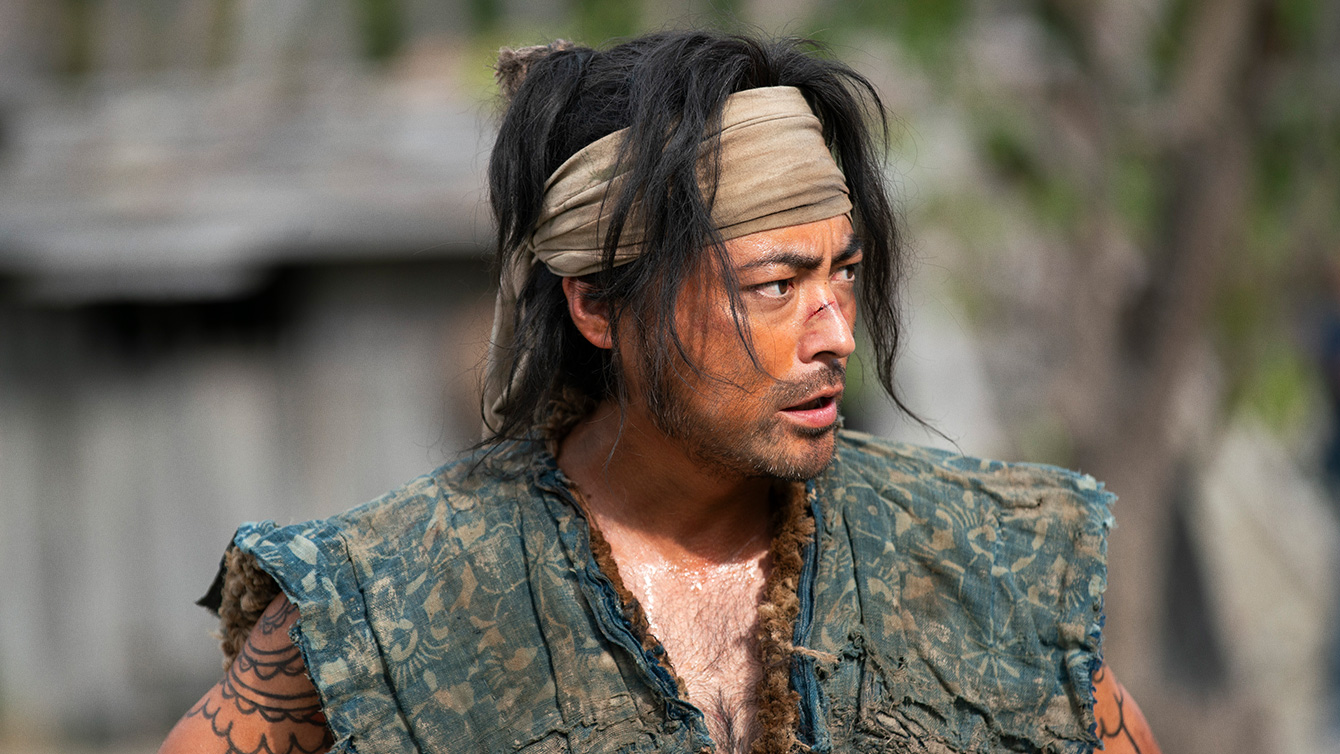
Instead, 11 Rebels ends up being more action-forward and, luckily, that really works. The action design is precise, decisive, and dangerous in the way you want sword-focused combat to be. The fortress the group is defending is quite small, which makes for a straightforward setting with easy-to-follow fight geography. This becomes crucial when weather conditions make visibility hard, meaning the visual environment of the fights can change without viewers losing their sense of space in the action. Leading to the fortress is an old, rickety bridge, always a nerve-wracking place to locate an action scene, which gives plenty of opportunity for tension. In a separate, striking smoke-filled battle scene, cinematographer Ikeda Naoya and director Shiraishi use the haze to obscure and hint at bodies, communicating the chaos of the battle while still keeping it coherent. This allows for a nice visual contrast between the white smoke, the black uniforms of the combatants, and the pops of blood.
There’s a lot going on in 11 Rebels, and some of its many moving parts are handled clumsily, especially when it comes to characters. But I went into the movie expecting a mindless fun genre romp, and came out of it with that and more – while the movie succeeds on the action front, it is also interesting to watch a detailed period piece about a crucial war in a nation’s history where the winning side comes across extremely shitty. 11 Rebels lays bare the truth of the “Suicide Squad” trope – no one deserves to be treated this expendably or cruelly, even if it is to protect the “innocent.” There are no winners in war, just survivors.

